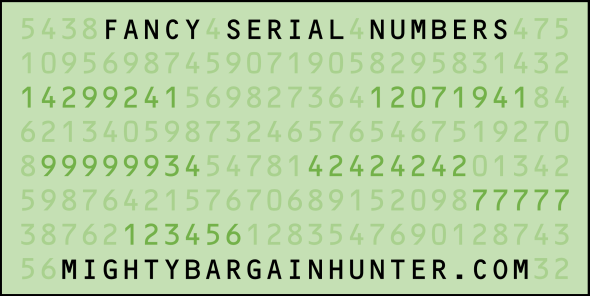

While the Thomas Jefferson portrait remained the same, the reverse of the bill was changed to an illustration of the signing of the Declaration of Independence. This signified that the bill was no longer a United States Note. As such, the seal was changed from red to green. It was reintroduced in 1976 as a Federal Reserve Note. For ten years the two-dollar bill remained discontinued.The two-dollar bill was later discontinued in 1966 due to its unpopularity as an available circulation note. As a United States Note, the two-dollar bill was printed in three different series, 1928, 1953, and 1963.In addition, standardized designs are instituted for each denomination, decreasing the number of designs in circulation and making it easier for the public to distinguish. The red seals found on these two dollar bills indicated that they were United States Notes. In an effort to lower manufacturing costs, all Federal Reserve notes are made about 30 percent smallermeasuring 6.14 x 2.61 inches, rather than 7.375 x 3.125 inches. The modified notes were printed with red seals, a portrait of Thomas Jefferson on the obverse side and a rendition of his home, Monticello, on the reverse of each bill. At this time, the two-dollar bill was converted to a smaller size. New legislation set forth in 1929 declared a standard printing size for paper money in the United States.

The oldest of these large note variations dates back to 1862. Before printed money was standardized and produced at a specific size, the two-dollar bill spent its early life in the form of many different large note designs.


 0 kommentar(er)
0 kommentar(er)
